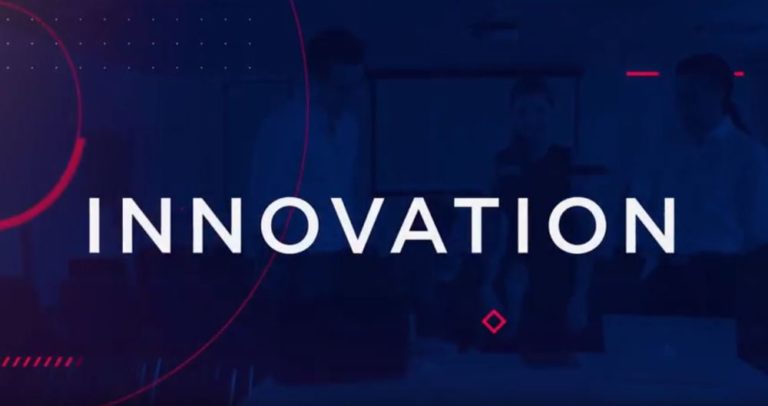[vc_row][vc_column][vc_column_text]Disruption is the ‘it’ word associated with companies like Uber, Amazon, eBay, SpaceX and Airbnb. These companies have disrupted the taxi industry, hotel sector, brick-and-mortar stores and even government space programs.
In many of these examples companies have used a consumer focussed service model and purported to return power to traditional consumers, who can now earn money from renting out a spare bedroom, selling second-hand possessions or through ridesharing.
The healthcare sector is a large and slow-moving beast which accounts for over 10% of Australia’s GDP. Some critics believe it to be inefficient with poor patient outcomes despite increasing government spending. Although these factors suggest that healthcare is a sector primed for disruption, to date there has been limited adoption of new technologies with no major changes to the healthcare delivery model.
Regulation has been acknowledged as an impediment to disruption. It slows down innovators and increases the cost of bringing new products to market. The healthcare sector in particular is extensively regulated, a ‘necessary’ measure given the high cost of mistakes. As lives are on the line, regulations often require lengthy and expensive clinical trials to determine whether a product is safe.
In addition, separate regulations around privacy and data storage requirements increase the complexity of the system for tech developers. This increases the costs faced by innovators, which in turn limits the number of newer start-ups and benefits larger already existing companies. As disruption has traditionally come from outside the industry, this concentration of development into larger companies in turn slows the speed of innovation.
The healthcare sector is known for its strong bias towards specialist knowledge. Doctors can train for up to ten years, at great expense. This centralisation of specialised knowledge means that innovators must convince key hospital staff to adopt their product for it to be successful. Given the length of their studies doctors have been trained to prefer particular methods for detection and treatment of certain illnesses.
Additionally, the strict licensing requirements and the risks posed by doctors if they go too far outside the realm of ‘accepted thinking’ mean that doctors are relatively set in their ways and are less likely to favour innovative solutions, especially where those solutions would cut doctors out the equation.
This concentration of knowledge also means that innovation is slowed by the current fee-for-service model. Under this model doctors and hospitals are rewarded for the time spent treating patients, not the time they saved through, for example, adopting an internet-based consultation system.
This means there is no incentive for doctors or hospitals to adopt technology that would reduce the time they spend with patients. It is this logic that led Goldman Sachs to suggest that developing cures could be bad for business. This means that uptake of any technology that would actually ‘disrupt’ the industry is slow, even where that disruption could be better for patients’ and government’s bottom lines.
Despite these factors, there are signs that innovation is starting to accelerate. The Australian Government is taking steps to accelerate this process, moving Australians’ health data onto a digital platform and providing additional funding for start-ups through programs like MTPConnect or the recently announced National Health and Medical Industry Growth Plan.
In the next article in this series we will address why disruption is a good thing and how organisations are working to bring change to the healthcare sector.
Health Horizon is a start-up that empowers health consumers by allowing them to find and track health innovations that interest or affect them so that they can gain control over their health future.
Read the original article here.[/vc_column_text][/vc_column][/vc_row]




